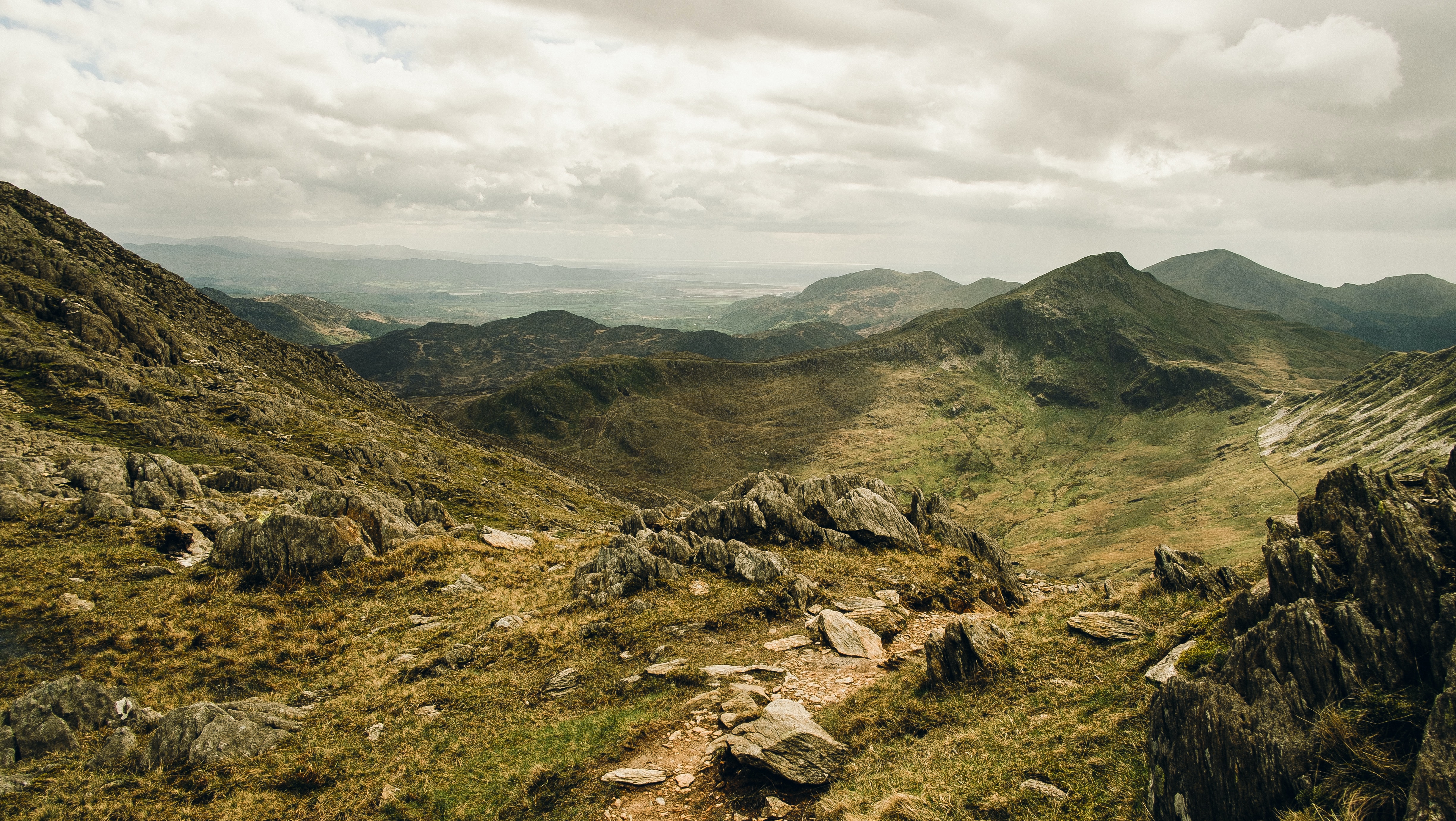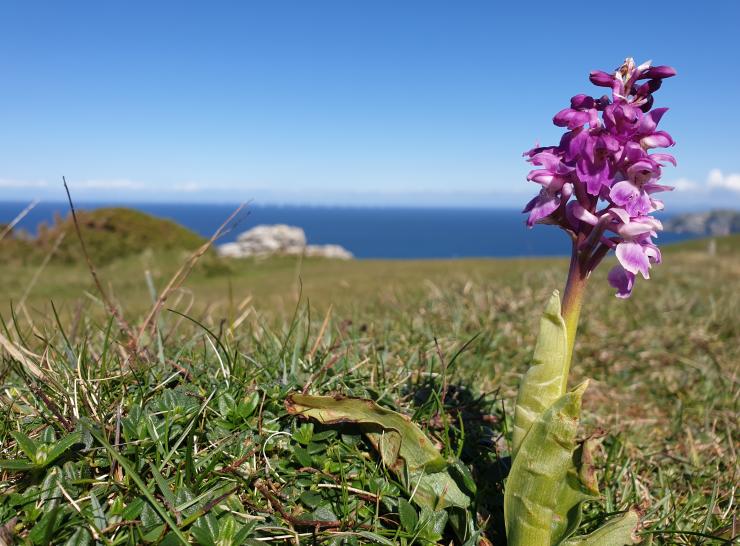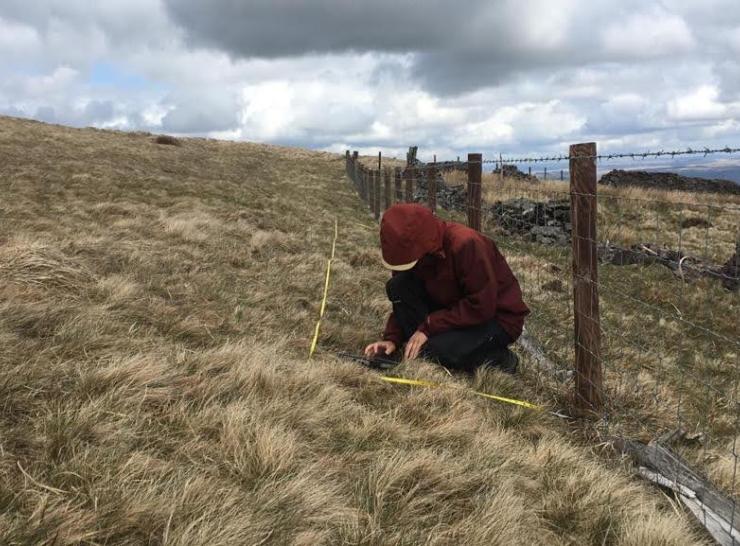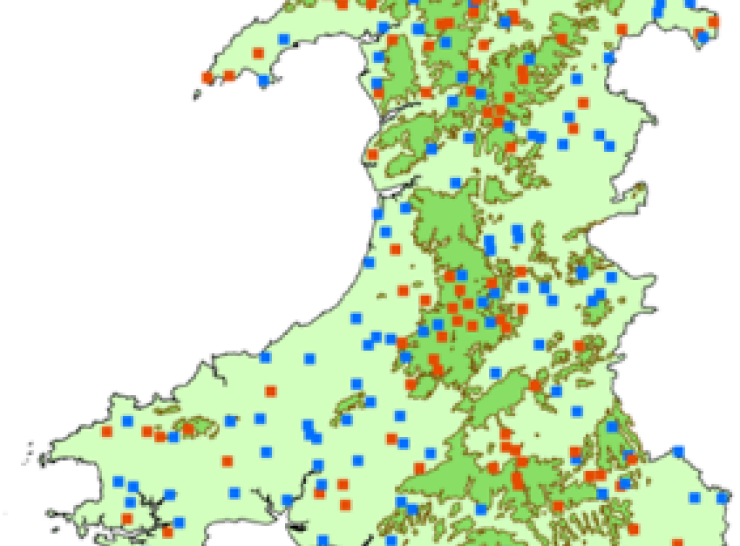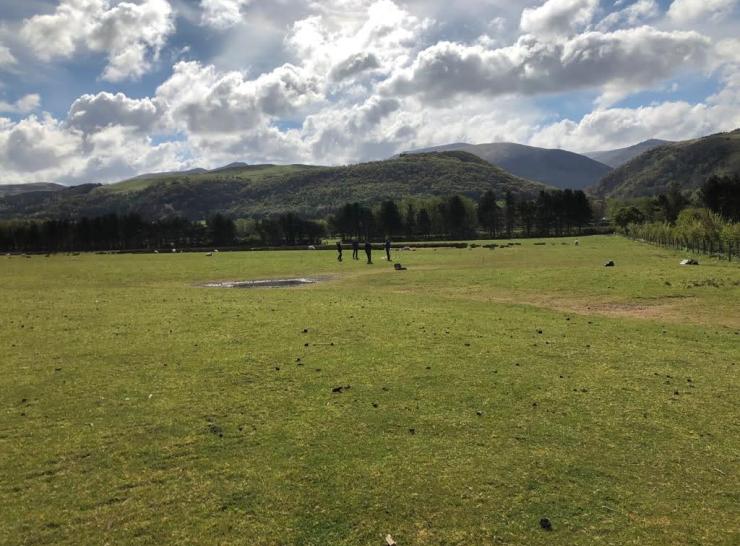The ERAMMP National Field Survey builds on the GMEP surveys conducted between 2013-2016 and for consistency aligns to the methods of the UKCEH Countryside Survey of Great Britain, which provides robust estimates of indicators at national and sub-national level across Wales, England and Scotland.
The ERAMMP survey will revisit the squares surveyed under GMEP to measure changes in the Welsh countryside over time to evaluate the effect of land being in the Glastir scheme.
